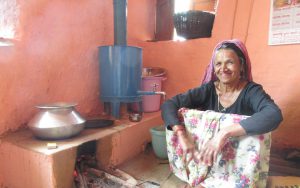Surrounded by the rocky lower-Himalayan mountains, the village of Chyamrangbeshi is returning to normal after the deadly earthquakes in 2015 – but in a different way to most. The village, known for milk-based sweets called "khuwa", now has fisheries and poultry coops for the first time in its history.

Chyamrangbeshi, Kavre, Nepal (Image: Nabin Baral)
“My son got the ideas from several NGOs who came here to help after the earthquake,” says Somnath Ghimire. In the village of about 50 families, most households rely on selling milk to the khuwa factories to provide income. “It’s a completely new business for us. It’s also what we'd never even thought we’d do, as we don’t eat meat.”
There are now three poultry coops in the village and several fishponds, some of which have already started selling fish. It takes some time to stabilise fish ponds to a point where they can produce fish at a sellable scale.
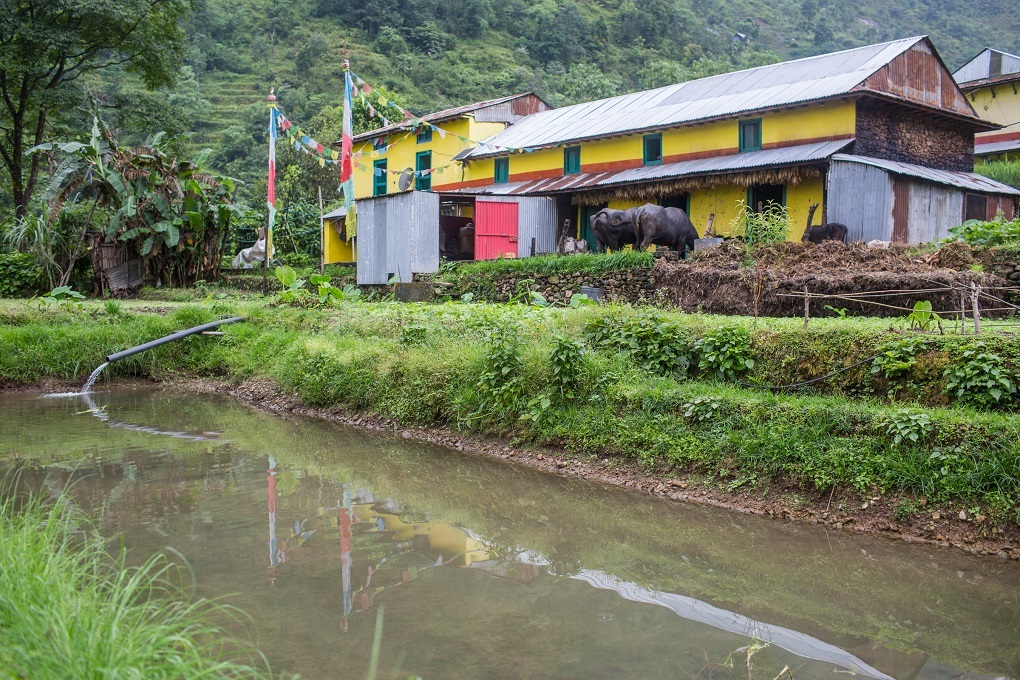
The fish pond of Kamal Lama, who was the first in the village to start fish farming (image: Nabin Baral)
“We had subsistence farming. We continued what our parents did but after the earthquake, several organisations advised us about different ideas that could regain our economic prospects in better ways,” says Ghimire. “We realised that diversifying our economy is important, because if something goes wrong in one business we will have other options.”
The younger generation is also getting involved in these new businesses. Alongside his job as an accountant in a nearby school, Kamal Lama works in a fishery and has earning well from seasonal vegetable farming.
“I went to a fish hatchery in Kathmandu and bought fingerlings – they are growing now. I am hoping to sell them soon,” says Lama.
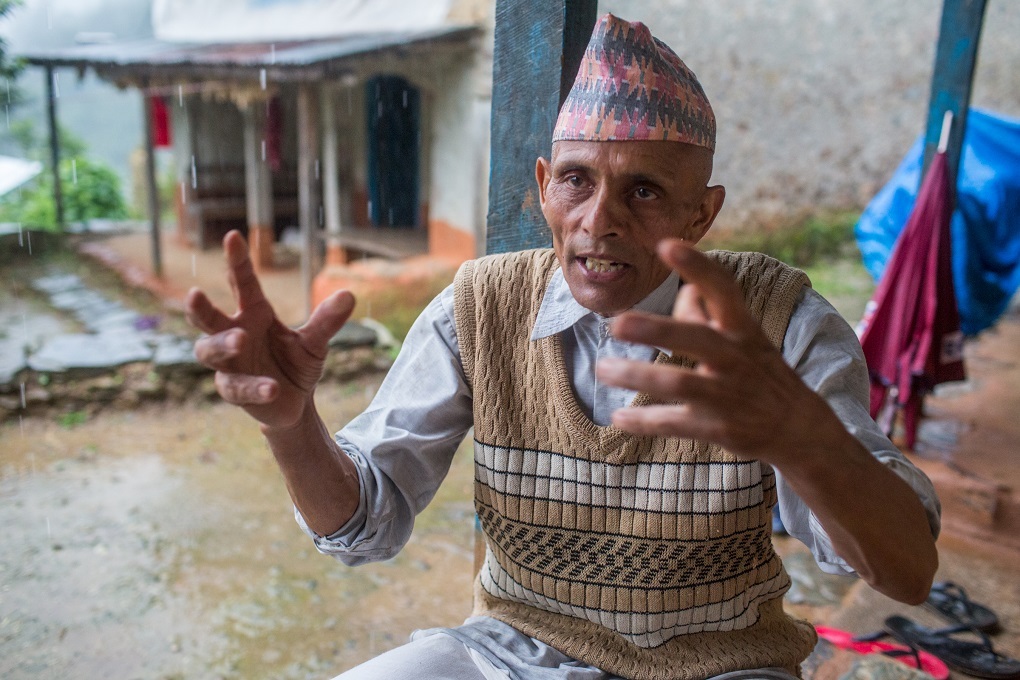
Somnath Ghimire explains how hard it is to manage financially on subsistence farming (Image: Nabin Baral)
Not that long ago, villagers used to walk several hours to reach the southern part of the Kathmandu valley to sell ghee and khuwa. After a rough road connected the village more than 10 years ago, life has been easier.
“Contractors have signed a yearly contract with us for khuwa and buy from us every day, so there is no problem for the market and demand is increasing,” says Uddhav Dahal, who owns one of the three khuwa factories in the village.
On average, the factories produce around 100 kilogrammes of khuwa every day, using milk sold to them by villagers each morning. Manually, the production of khuwa is a tough job.
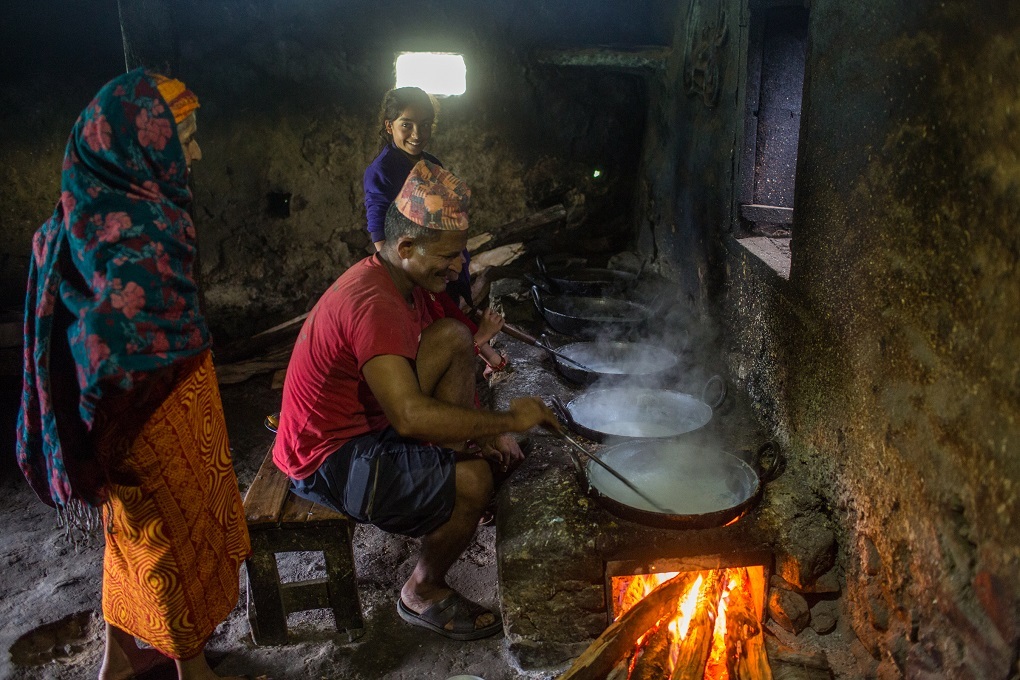
Milk-based sweets ‘khuwa’, production house of Tul Prasad Dahal Chyamrangbeshi, Kavre. Since 23 years the small production house runs on firewood. But now Tul Prasad want to bring new machines that operate through electricity (Image: Nabin Baral)
“You have to stir milk continuously for hours every day and it consume kilos of firewood. It’s bad for health and for the environment as we have to cut down trees, but it’s not easy to shift to modern technology,” said Ram Prasad Ghimire, another factory owner.
Shifting from traditional to modern methods demands both knowledge and money. Ghimire has a plan to increase production and switch to machines run by electricity, but he worries about the taste; he has heard that machine-produced sweets don’t taste as good as those produced manually. He said: “There is too much confusion but I am seeking some support to bring in new technology.”
This article was originally published on The Third Pole
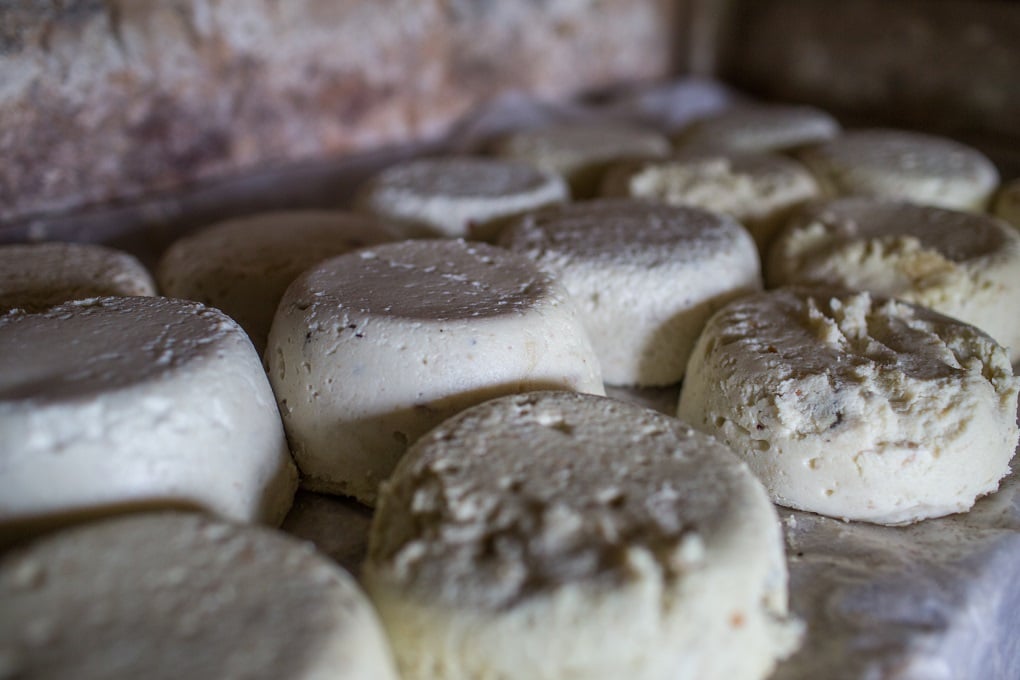

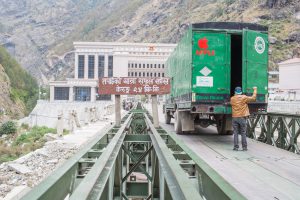
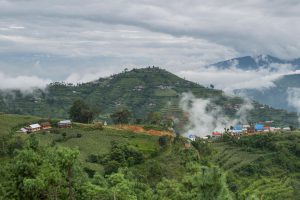
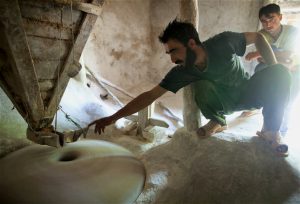

![A view of receding flood waters in Srinagar city during the September 2014 flooding. [image: Athar Parvaiz]](https://dialogue.earth/content/uploads/2017/11/A-view-of-receding-flood-waters-in-Srinagar-city-during-the-September-2014-flooding-Credit-Athar-Parvaiz-e1509633052651-300x225.jpg)
